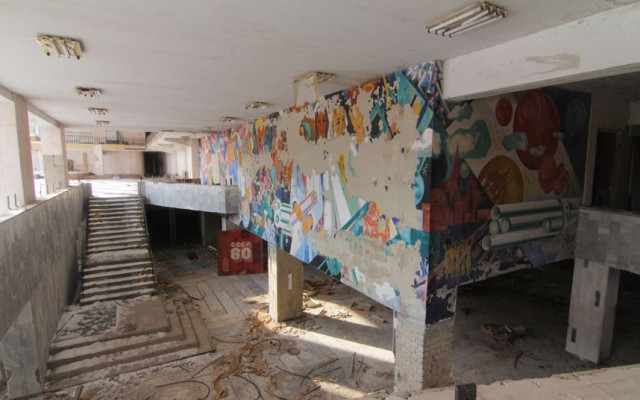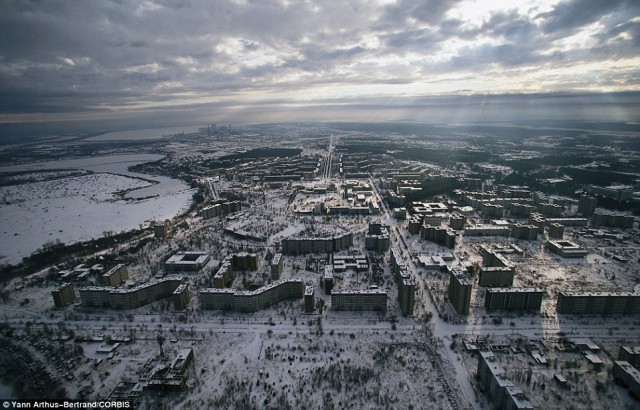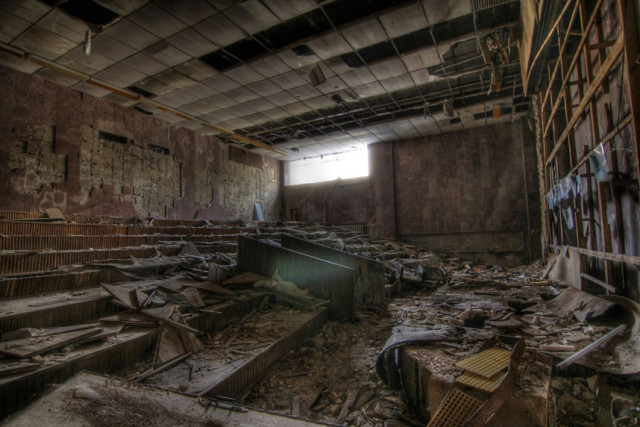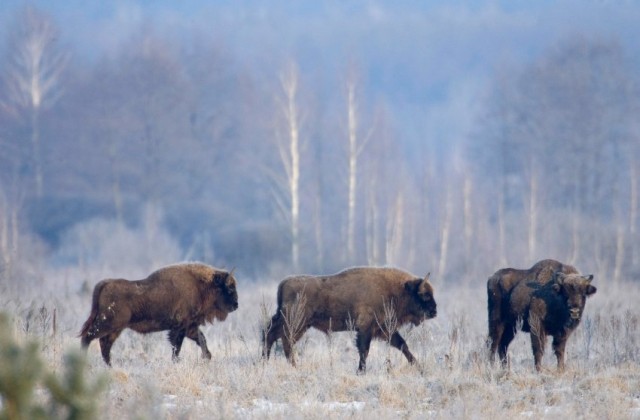In our childhood, we all heard ghost stories, stories of places where no one dared to go. Books often recited the poems of towns whose population got vanished within a night without any trace. History hasn’t always been accurate in answering ‘Why’. The remains of such places still haunt the face of this earth, Ghost towns, as these places are called now. 28 years ago one of the four nuclear reactors of Chernobyl exploded, forcing people living in and around the city to abandon their homes. Today the whole city is empty, a ghost of its past, a modern day ghost town.
In the wee hours of 26th April 1986, when the whole city slept, Reactor number 4 of Chernobyl Nuclear power plant, near the town of Pripyat (now in Ukraine), exploded. The explosion and wind spread the radioactive material. Four hundred times more radioactive material was released from the reactor than by the nuclear blast at Hiroshima. The accident happened when the engineers started to conduct an experiment which led to the overheating of the reactor chamber. The whole city was evacuated, though not immediately, leading to widespread contamination among those living there. The radioactive fallout affected the whole Europe.
A 2600 km exclusion area was formed where no human without permission could enter. The city of Chernobyl is a part of this zone. Chernobyl, now after more than two decades of neglect, seems like as if it has frozen in time. The time when Ukraine was still a part of the Soviet Union. Communist propaganda banners still hang on the walls. Interior decoration of Soviet themed art decorate the halls of community center. Toys lie in the same place where children left them while evacuating the city, buildings are in poor conditions, animals running on the street, vines and plants growing over various structures. The city tells a very scary story.

The absence of humans have proved to be a boon for the natural wildlife. The boar and deer population has increased enormously, thus their predators, wolves and lynx have returned too. The forest is reclaiming the city and the animal population more closely resembles that of a National park. Chernobyl now looks like a museum, a place where time hasn’t moved on since 1986.
It is strange how human curiosity and our sense of adventure finds joy in the strangest of places. Chernobyl is gaining popularity as a vacation spot. Tourism to Chernobyl has increased recently with well established tour companies giving people tour to the city. Work is in progress to build a £600million replacement shelter on site, designed to last 100 years. The replacement shelter would aid in containing the radioactive waste of the reactor.
Chernobyl is a modern disaster or maybe a wonder, which gives rise to many questions and answers a few. A place which looks like a post apocalyptic horror film. The city which tells an eerie tale of the soviet era. Chernobyl today is a living answer to the question of “what would happen if human beings suddenly took an exit from the earth”.
With the growing dependance of India on nuclear reactors, Chernobyl and Fukushima are sad reminders of the danger the nuclear technology impose. Recently India signed the stalled nuclear deal, where it plans on making many new reactors all across the country, even though there are serious protests going on. The risk to not only human life but even to the nature is immense. Countries today have to rethink their strategies in respect to renewable energy. In World War 1 and 2, dams of enemy nations were destroyed to flood an area and now the targets could be the reactors and the damage can be estimated by looking at Chernobyl.
Picture Credits- Google images
By Bhanu Sharma





































